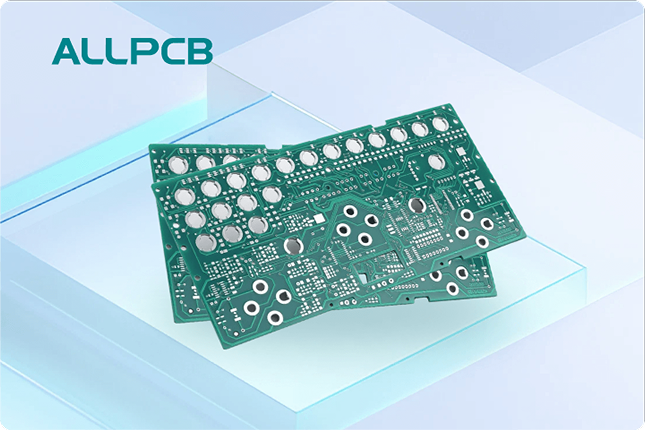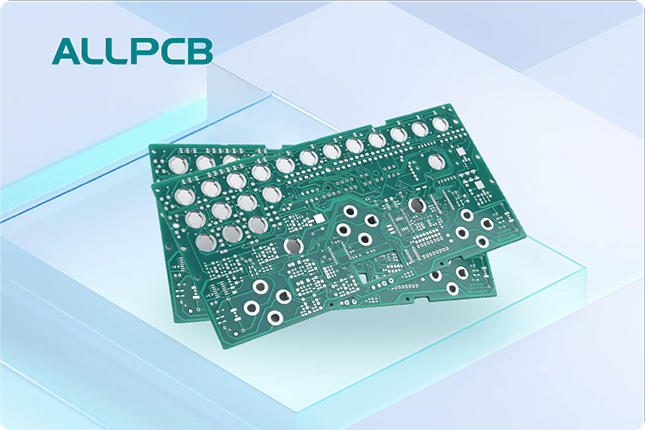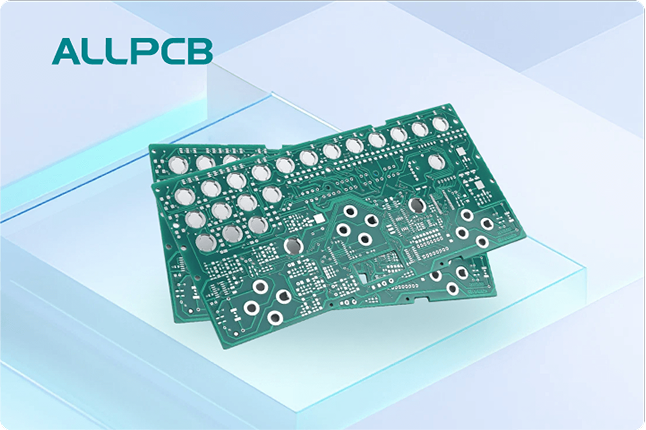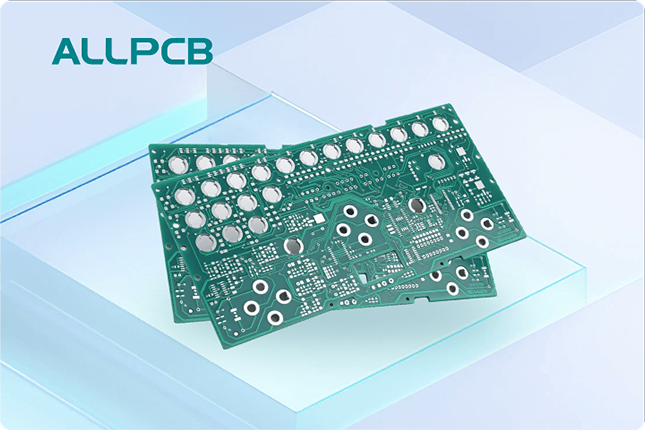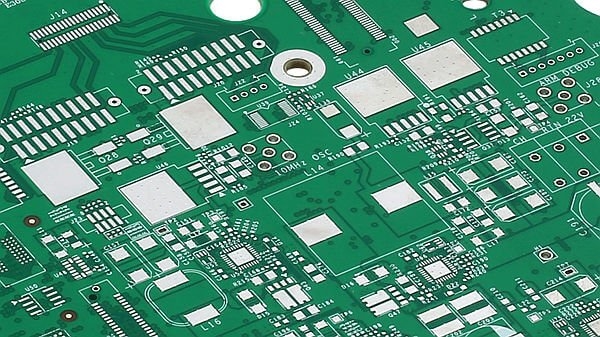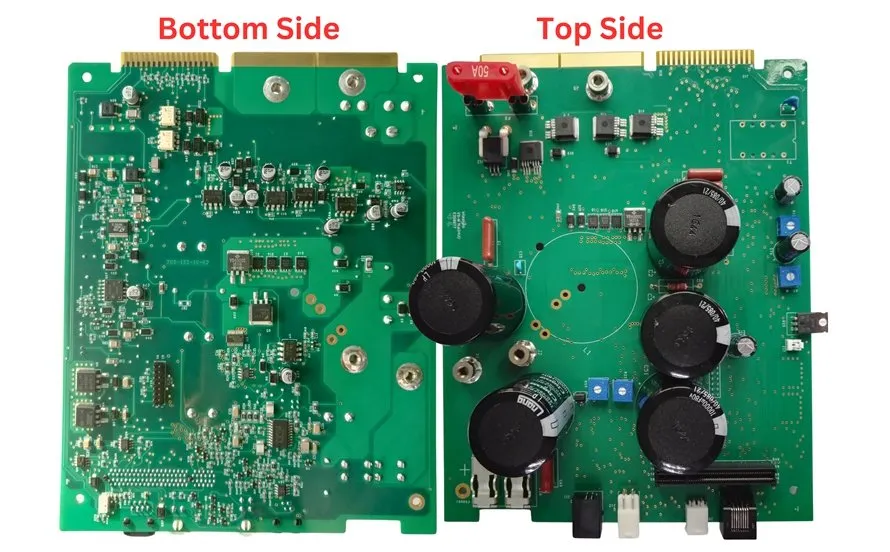In the fast-paced world of electronics manufacturing, Surface Mount Technology (SMT) assembly is a cornerstone for creating compact, high-performance devices. However, thermal issues during SMT assembly can lead to overheating, component failure, and costly rework. If you're struggling with SMT reflow profiling problems, solder joint thermal stress analysis, component placement for optimal cooling, or thermal pad design in SMT, you're not alone. This guide offers practical solutions to diagnose and fix these common thermal challenges, ensuring reliable and efficient PCB production.
In this detailed blog, we'll break down the root causes of overheating in SMT assembly, explore actionable strategies to mitigate thermal stress, and provide insights into optimizing your assembly process for better heat management. Whether you're an engineer or a manufacturer, you'll find valuable tips to enhance your workflow and product quality.
Understanding Thermal Issues in SMT Assembly
Thermal issues in SMT assembly often stem from improper heat distribution during the reflow soldering process, poor component placement, or inadequate thermal design. Overheating can damage sensitive components, cause solder joint cracks, and lead to long-term reliability problems. The consequences include reduced product lifespan, increased failure rates, and higher production costs due to rework or scrap.
To tackle these challenges, it's crucial to understand the key areas where thermal problems arise. These include the reflow soldering temperature profile, stress on solder joints due to thermal expansion, component layout affecting heat dissipation, and the design of thermal pads for effective heat transfer. Let's dive into each of these aspects and uncover solutions to keep your SMT assembly process cool and efficient.
Common SMT Reflow Profiling Problems and How to Fix Them
Reflow soldering is the heart of SMT assembly, where components are attached to the PCB using controlled heating and cooling cycles. However, SMT reflow profiling problems can lead to uneven heating, overheating, or insufficient solder melting, resulting in defective joints or damaged components.
Key Challenges in Reflow Profiling
- Improper Preheat Rates: If the preheat phase is too fast, solvents and moisture in the solder paste may not evaporate properly, leading to defects like solder splatter. A preheat rate that's too slow can cause thermal shock to components.
- Peak Temperature Issues: Exceeding the recommended peak temperature (often around 245°C for lead-free solder) can overheat components, while temperatures too low (below 220°C) may prevent proper solder wetting.
- Uneven Cooling: Rapid cooling rates above 4°C per second can induce thermal stress, causing cracks in solder joints or delamination of pads from the PCB.
Solutions for Reflow Profiling
- Optimize Preheat Zone: Aim for a gradual temperature rise of 1-3°C per second up to 150-170°C to ensure proper evaporation of solvents without thermal shock.
- Monitor Peak Temperature and Time Above Liquidus (TAL): Keep the time above liquidus (typically 30-90 seconds) within the solder paste manufacturer's guidelines to avoid overheating. Use a thermocouple or profiling tool to measure temperatures across the board.
- Control Cooling Rates: Maintain a cooling rate of 2-5°C per second to minimize thermal stress. Modern reflow ovens often include adjustable cooling zones to achieve this.
By fine-tuning your reflow profile with these parameters, you can prevent overheating and ensure consistent soldering quality across your PCB assemblies.
Solder Joint Thermal Stress Analysis: Identifying and Reducing Risks
Thermal stress during SMT assembly can severely impact solder joint integrity, leading to cracks, voids, or complete failure over time. Conducting a thorough solder joint thermal stress analysis helps identify potential weak points and implement corrective measures.
Causes of Thermal Stress in Solder Joints
- Coefficient of Thermal Expansion (CTE) Mismatch: Different materials in components, solder, and PCB expand and contract at different rates during heating and cooling, creating stress at the solder joints.
- Rapid Temperature Changes: Sudden shifts in temperature during reflow or operational cycles can induce mechanical stress, especially if cooling rates exceed 4°C per second.
- Poor Joint Design: Inadequate solder volume or improper pad geometry can concentrate stress, increasing the risk of failure.
Strategies to Mitigate Thermal Stress
- Material Selection: Choose components and PCB substrates with similar CTE values to minimize mismatch. For instance, using FR-4 boards with a CTE of around 14-17 ppm/°C can match well with common SMT components.
- Controlled Cooling: As mentioned earlier, keep cooling rates within 2-5°C per second to avoid sudden contraction and stress buildup.
- Simulation Tools: Use finite element analysis (FEA) software to model thermal stress on solder joints during design. This can predict failure points under various temperature cycles (e.g., -40°C to 85°C for automotive applications).
By addressing thermal stress at the design and manufacturing stages, you can significantly improve the durability and reliability of solder joints in your SMT assemblies.
Component Placement for Optimal Cooling: A Strategic Approach
The placement of components on a PCB plays a critical role in heat dissipation. Poor component placement for optimal cooling can trap heat, create hot spots, and accelerate component degradation. Strategic layout design is essential to ensure efficient airflow and heat transfer.
Common Placement Mistakes Leading to Overheating
- Crowded High-Power Components: Placing heat-generating components like power ICs or resistors too close together can create localized hot spots, often exceeding safe operating temperatures (e.g., 85°C for many ICs).
- Blocking Airflow: Positioning tall components in a way that obstructs natural or forced convection can trap heat, especially in enclosed systems.
- Ignoring Thermal Vias: Failing to place thermal vias near heat-intensive components limits heat transfer to inner layers or heat sinks.
Best Practices for Component Placement
- Space Out Heat Sources: Distribute high-power components evenly across the board to avoid concentrated heat buildup. Maintain a minimum spacing of 3-5 mm between such components if possible.
- Align with Airflow: Orient components to align with the direction of airflow in the system, whether it's natural convection or fan-driven. Place heat-sensitive components downstream of cooler air.
- Use Thermal Vias: Incorporate thermal vias under components like QFN packages to transfer heat to a ground plane or heat sink. A grid of 0.3 mm vias with 1.2 mm spacing can effectively reduce junction temperatures by 5-10°C.
Thoughtful component placement not only prevents overheating but also enhances the overall thermal performance of your PCB assembly, extending its operational life.
Thermal Pad Design in SMT: Maximizing Heat Transfer
Thermal pads are critical for managing heat in SMT components, especially for packages like QFN, QFP, or power LEDs that generate significant heat. Effective thermal pad design in SMT ensures efficient heat dissipation from the component to the PCB or heat sink, preventing overheating and maintaining performance.
Challenges in Thermal Pad Design
- Insufficient Pad Size: A thermal pad that's too small may not transfer heat effectively, leading to elevated component temperatures (e.g., above 100°C for power devices).
- Poor Via Placement: Without enough thermal vias or improper placement, heat remains trapped at the pad level, reducing dissipation efficiency.
- Solder Voiding: Excessive solder paste or poor reflow conditions can create voids under the thermal pad, reducing thermal conductivity by up to 50%.
Design Tips for Effective Thermal Pads
- Match Pad Size to Component: Design the thermal pad to match the component's exposed pad dimensions, ensuring full contact. For a QFN package with a 3x3 mm pad, the PCB pad should be the same size or slightly larger (e.g., 3.2x3.2 mm) to account for alignment tolerances.
- Incorporate Thermal Vias: Place a grid of thermal vias (0.3-0.5 mm diameter, 1-1.5 mm spacing) under the pad to connect to a ground plane or heat sink. This can reduce thermal resistance by 20-30%.
- Optimize Solder Stencil: Use a stencil design with segmented openings (e.g., 50-60% coverage) for the thermal pad to control solder paste volume and minimize voiding during reflow.
A well-designed thermal pad acts as a heat bridge, significantly lowering component temperatures and preventing thermal failures in high-power SMT applications.
Advanced Tools and Techniques for Thermal Management
Beyond design and process adjustments, leveraging advanced tools can help diagnose and resolve thermal issues in SMT assembly. Here are some cutting-edge approaches to consider:
- Thermal Imaging Cameras: Use infrared cameras to identify hot spots on a PCB during or after reflow. These devices can detect temperature differences as small as 0.1°C, helping pinpoint overheating areas.
- CFD Simulations: Computational Fluid Dynamics (CFD) software can model airflow and heat distribution in a PCB design before manufacturing, allowing for preemptive cooling optimizations.
- Automated Reflow Profiling: Modern reflow ovens with built-in profiling software can adjust temperatures in real-time based on feedback from thermocouples, ensuring precise control over heating and cooling rates.
Investing in these tools can save significant time and cost by catching thermal issues early in the design or production process.
Conclusion: Building a Cooler, More Reliable SMT Assembly Process
Thermal issues in SMT assembly don't have to be a persistent headache. By addressing SMT reflow profiling problems, conducting thorough solder joint thermal stress analysis, optimizing component placement for optimal cooling, and refining thermal pad design in SMT, you can build a more reliable and efficient manufacturing process. Each step, from fine-tuning your reflow oven settings to strategically spacing components, contributes to reducing overheating risks and enhancing product quality.
At ALLPCB, we're committed to supporting your journey toward flawless SMT assembly. With the right strategies and tools, you can overcome the overheating epidemic and deliver electronics that stand the test of time. Implement these solutions in your next project, and watch as thermal challenges become a thing of the past.
 ALLPCB
ALLPCB


